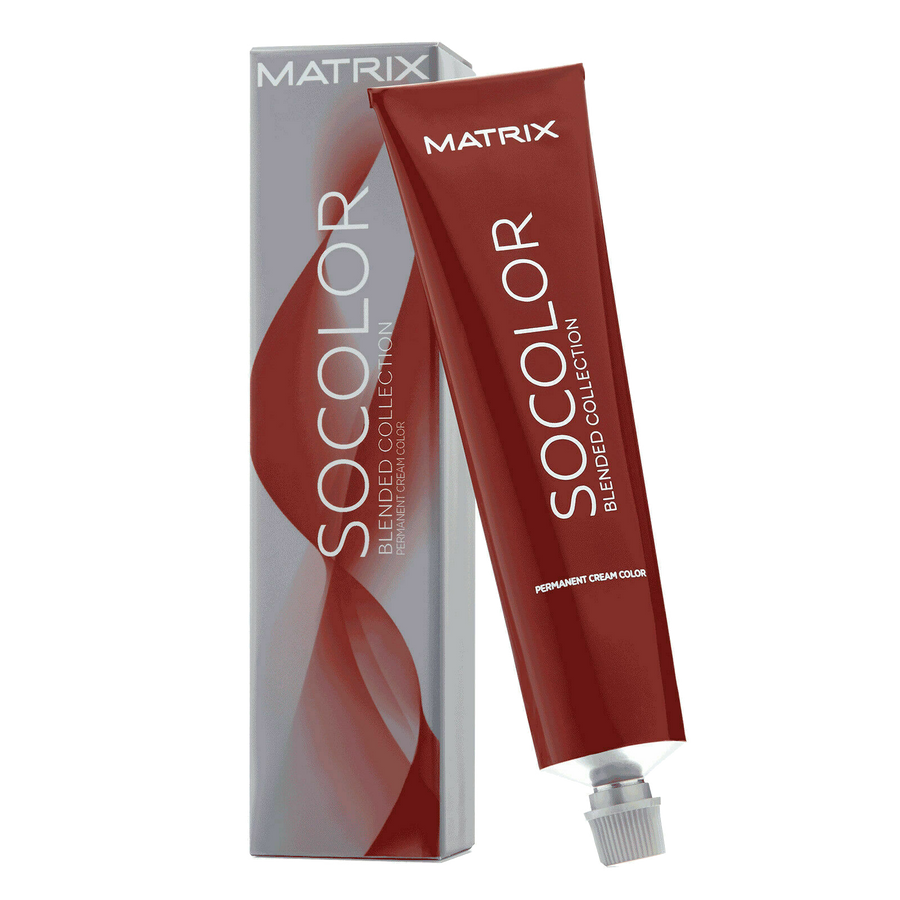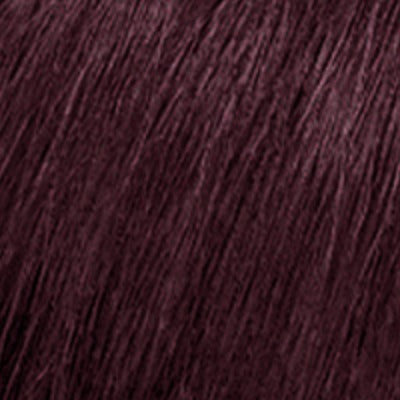When to Stop Using a Hair Product That Causes Scalp Reactions
Caring for your hair involves more than just choosing pretty bottles with enticing labels. It's about ensuring that the products you use nourish and protect your scalp, the foundation of healthy hair. Unfortunately, not every hair product on the market will agree with everyone's scalp. Some products might cause itching, redness, or even more aggressive reactions. It's essential to recognize when a hair product isn't a match for your skin and know when to stop using it.
Let's imagine a scenario where you've just started using a new hair product. At first, everything seems fine, but then you notice some unusual soreness or irritation. It can be tempting to ignore it, hoping it will resolve on its own. Yet, understanding the importance of a healthy scalp can prevent minor annoyances from evolving into more severe issues. We'll explore how to identify scalp reactions caused by hair products, what actions to take immediately, and how to decide if you should discontinue using a troublesome product.
Identifying Scalp Reactions
Realizing that a product is causing a reaction can be tricky, especially when various factors affect scalp sensitivity. Here are some common signs that might indicate your hair product is not suiting you:
- Redness or inflammation that persists after using the product.
- An itching sensation that doesn't subside after a normal period.
- Flaking or unusual dryness where the product has been applied.
- Tenderness or discomfort that seems to stem from using the product.
Recognizing the difference between a minor irritation and a more serious reaction is crucial. Minor itching or dryness might resolve on its own within a few uses, whereas persistent or worsening symptoms could signal a more significant issue. Reacting promptly can save your scalp from more harm and prevent a cycle of discomfort.
Immediate Steps to Take
If you suspect your hair product is causing an adverse reaction, taking immediate action can help alleviate discomfort and prevent further irritation. Here's what you can do:
1. Discontinue using the hair product right away and switch back to a product you trust.
2. Gently wash your scalp with lukewarm water to remove any lingering product residue.
3. Apply a soothing product, like aloe vera gel or a non-irritating moisturizer, to calm the skin.
4. Monitor your symptoms for a few days to see if they improve after stopping the product.
In most cases, these steps can help reduce immediate symptoms. If the irritation persists or worsens, it might be time to consult a dermatologist to understand what's happening with your scalp specifically. Taking these steps ensures you're prioritizing your well-being and actively protecting your hair and skin from further harm.
Evaluating the Product
Determining if a specific product is the culprit for your scalp issues can require a bit of detective work. Start by narrowing down recent changes in your hair care routine. Did you introduce a new shampoo, conditioner, or styling product? If possible, recollect the timing of when you began using these products and when you noticed the symptoms.
Next, examine the ingredient labels. Certain components are common irritants for sensitive scalps. Ingredients like sulfates, parabens, or synthetic fragrances can often cause reactions. Make a list of these ingredients and research any unfamiliar ones. Understanding what each component does can provide insights into what's causing the discomfort. If you have a history of allergies or sensitive skin, you might already have an idea of which ingredients to avoid.
Making the Decision to Stop
Knowing when to cease using a product is just as crucial as identifying the reaction. If over-the-counter solutions or simple measures fail to alleviate your symptoms, it may be time to part ways with the product causing the issue. Consider the following:
- Persistent or worsening reactions, even after changing application methods or frequency.
- The onset of symptoms like severe redness or swelling, which signal an urgent need to stop.
- If the problem affects your quality of life, like constant irritation or embarrassment from visible scalp issues.
Consulting a dermatologist can offer a deeper understanding of your scalp's needs and confirm if a particular product is, indeed, to blame. They can also provide professional advice on alternative products that might be more suitable for your scalp type.
Keeping Your Scalp Healthy
Once you've identified and discontinued the problematic product, it's all about prevention. Select products that are specially formulated for sensitive scalps or labelled hypoallergenic. These usually contain milder ingredients that reduce the likelihood of irritation.
Here are some tips for maintaining a healthy scalp:
- Choose hair products free from known irritants, such as sulfates and artificial fragrances.
- Invest in nourishing treatments, like hair masks with natural ingredients, to keep your scalp and hair hydrated.
- Regularly clean your hair tools to avoid the build-up of residues that can affect both hair and scalp health.
Ensuring Your Hair's Health and Comfort
A healthy scalp is the foundation of beautiful hair. Regularly check your scalp's response to new products and pay attention to any changes. If a product isn't working, it's okay to switch and try something else. Remember, your comfort and well-being come first, and making informed choices about your hair care routine can lead to healthier, more satisfactory results over time. Prioritize understanding your scalp's unique needs to enjoy both healthy skin and hair.
Protect your scalp and support healthier hair by choosing a well-balanced hair product from the trusted collection at Smooth & Charming. Find formulas that work with your skin, not against it, and feel the difference in every wash.




